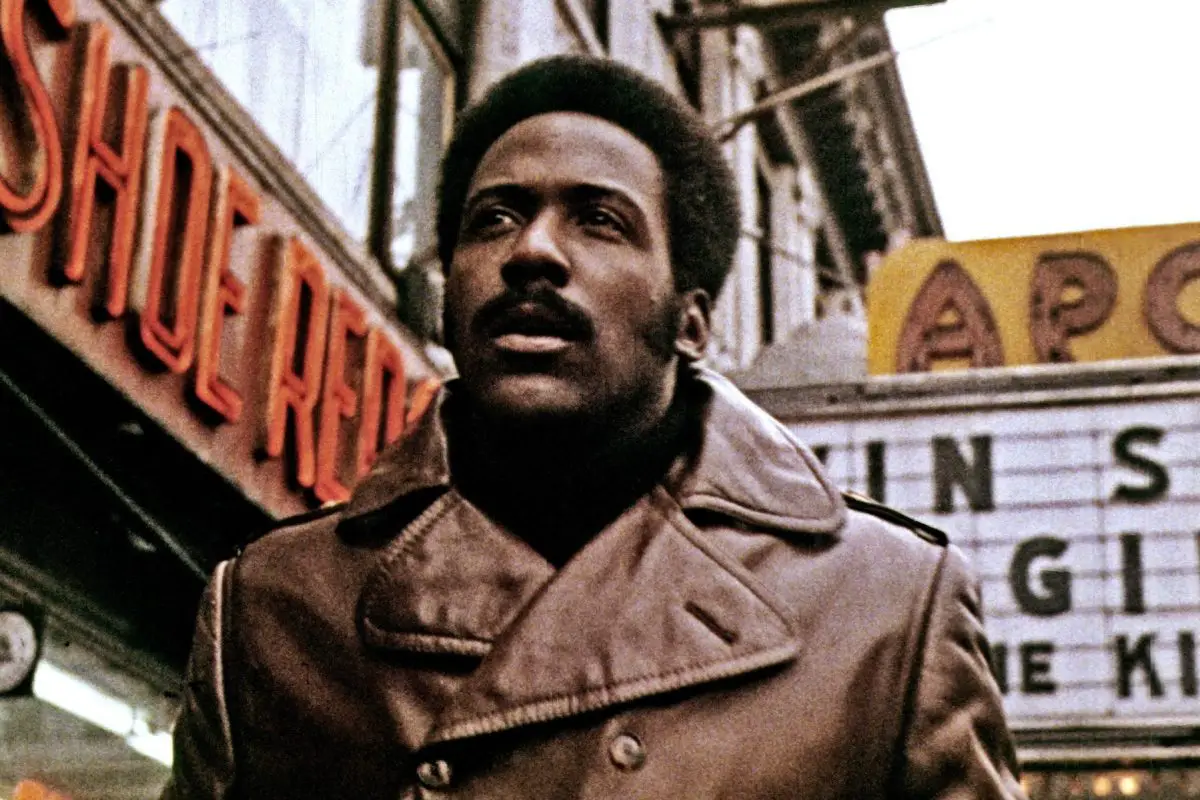All throughout the history of cinema, there has been a cascade of movements that pushes the industry to new heights. Movements and artists with new and bold cinematic forms have come and gone through the decades to redefine the art of film. The arrival of one movement in particular propelled Black people to the forefront of films: the Blaxploitation era. To understand its undeniable impact, let’s first take a look at what Blaxploitation films exactly were.
What Were Blaxploitation Films?
The word “Blaxploitation” comes from “Black” and “exploitation.” The term was coined by Junius Griffin, then president of the Beverly Hills Hollywood branch of the National Association for the Advancement of Colored People (NAACP).
Viddy Well, a blogger and film critic who wrote a concrete history of the movement, described the genre of Blaxploitation films as “a subset of exploitation cinema, which is fundamentally comprised of independently produced, low-budget B-movies or grindhouse films.”
The films “featured Black actors in lead roles, and typically centered around African Americans overcoming oppressive, antagonistic and generally white authority figures, referred to as none other than ‘The Man.’”
Before the arrival of the Blaxploitation era, Black people were hardly at the forefront of the movie industry. They were the side characters, voiceless backdrops or maids. Blaxploitation films were the antithesis of this; in these films, Black people were not just given a meaningful voice, they were front and center.
How Blaxploitation Films Were Viewed
Blaxploitation films received mixed responses from their audiences. Some loved their primarily all-Black casts and seeing Black people star in films. However, their depictions of Black people were not adored by everyone.
One of the era’s most outspoken critics was Junius Griffin and the NAACP. Perhaps the organization’s largest grievance with the film genre was that it perpetuated negative stereotypes about Black people. Griffin himself believed the films catered to lewd audiences with its portrayal of violence, sex and crime.
Another group actually gathered to protest the films: the Coalition Against Blaxploitation Group (CAB). It was an act of solidarity among the NAACP, Congress of Racial Equality (CORE) and the Southern Christian Leadership Conference (SCLC) with an estimated 400 Black constituents who worked in the film industry.
The group organized boycotts at theaters and worked on furthering their initiatives through behind-the-scenes meetings. Their goal was to promote more positive depictions of Black people in cinema, an objective they believed Blaxploitation films failed to fulfill.
Alongside the protests from Griffin and CORE, there were those who loved the films. They found them to be empowering rather than perpetrators of negative stereotypes. Many of the characters lived by their own strong code and constantly evaded an oppressive system. Furthermore, the films showed the lives of Black people on screen at a time when the rest of the film industry was uninterested in doing so.
Integral Filmmakers and the Beginning of an Era
In April 1971, Martin Van Peebles released the independently financed film “Sweet Sweetback’s Baadasssss Song.” Not only did he direct, write, edit, produce, compose and star in the film, but the movie also marked the beginning of the Blaxploitation era in cinema.
Upon its release, “Sweet Sweetback’s Baadasssss Song” received an X-rating from the MPAA for its sexual content, a decision opposed by its filmmaker. In response, Van Peebles created a tagline to accompany his film: “Rated X by an all-white jury.”
The film was a financial success, collecting a gross of $15 million dollars at the box office. It was also a success with Black audiences; never before had a film depicted a Black man beating the system that oppressed him. With Van Peebble’s landmark feature began the ascension of Blaxploitation films in the film industry.
Following the release of “Sweet Sweetback’s Baadasssss Song” came Gordon Parks’ film, “Shaft.” In the original version, the script depicted the titular character, Shaft, as white. Parks took it upon himself to cast a Black man instead: 28-year-old Richard Roundtree.
MGM was on its last legs when it released “Shaft.” The looming threat of bankruptcy hung over the company, and if the film was not a success, it could have met its end. Yet, its Hail Mary is what became its savior. When “Shaft” hit theatres, it grossed $13 million with a budget of $500,000. It was nominated for the NAACP Image Award, BAFTA awards and won Best Original Song at the 1972 Academy Awards.
Once these two films were released, Blaxploitation films entered its golden decade. The voice of Curtis Mayfield was the backdrop to another iconic release, “Super Fly.” Also independently financed, it was an extreme depiction of urban life, featuring a drug dealer looking for one last deal before retirement.
Stars like Rudy Ray Moore and Fred “The Hammer” Williamson were rising, and hundreds of Blaxploitation films hit theatres. New forms of the genre were on the rise with them. Horror movies (like “Blacula”), Westerns, kung-fu films and gangster films (like “Black Caesar”) all came from the Blaxploitation era.
Dwindling Popularity and Legacy
The 1970s was the height of Blaxploitation films. But when the 1980s began, they slowly began to fade from the spotlight.
An amalgamation of things contributed to the genre’s diminishing fame. The backlash from the NAACP was gaining momentum. Concurrently, the cheap productions and recurring plots were wearing out their welcome among audiences. Many actors and film crews lost their jobs as productions for Blaxploitation films ended.
Though Blaxploitation films were not made as frequently, their influence remained through the next generation of audiences. Films like Spike Lee’s “Do The Right Thing” and John Singleton’s “Boyz in the Hood” were both influenced by the Blaxploitation era.
A few more Blaxploitation films were made after the 1980s — the “Shaft” reboot, “Black Dynamite” and “Undercover Brother” to name a few. The influence of the genre also lives on in current shows like Marvel’s “Luke Cage.”
The era of Blaxploitation films has come to an end, but its footprint on cinema will never be erased. It breathes in contemporary filmmakers that were inspired by the movement and in the media that we consume today. It was a part of a movie industry that started giving Black people their own voice, and even if it’s for that reason alone, it leaves an undeniable legacy.

















